Reportage
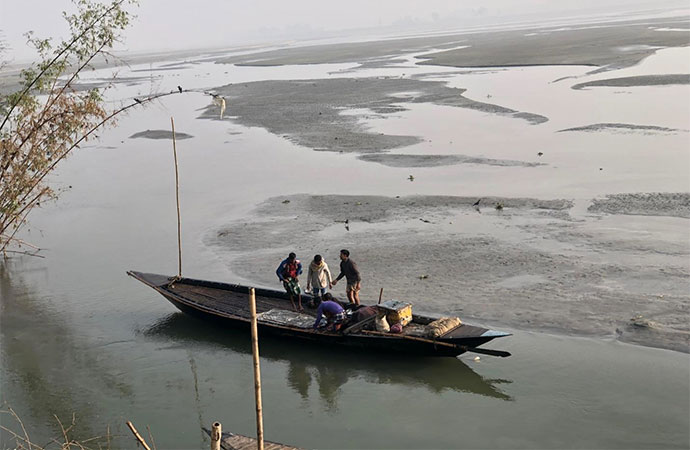
Teesta River, Sundarganj, Gaibandha, Photo: Md. Rayhan Kabir Shuvro
Bangladesh has entered its 55th year of independence. The Bangladesh that declared its independent existence to the world in 1971 is today a marvel of the world. It has been a long 55 years of independence. In this vibrant golden moment of liberation, how is riverine Bangladesh faring? The rivers and wetlands of the country that participated in the liberation war? This country was born with the flow of its rivers as its essence. During the liberation war, the brave declaration of the freedom-seeking people was "Padma-Meghna-Jamuna, tomar amar thikana." But have we been able to keep our rivers flowing continuously? The riverine nature that provided the backdrop for the liberation struggle, have we been able to develop that river geography in the 55 years since independence?
Our development that turns away from rivers has made the rivers' address disappear, has caused it to be forgotten, and has forcibly erased it. Every day, news of river deaths comes from different parts of the country. The media becomes pitiful under the weight of the corpses of killed rivers. Without question, day after day, the corpses lie there. No one removes them. Even with sick, injured, and mutilated wounds, the lamentations of many rivers make the environment heavy. The state is indifferent. The leader's convoy passes over the corpses of rivers. Crossing the blood streams of dead rivers, the clamor of state growth rises. Before our eyes, many rivers are murdered in broad daylight, snatched away, raped, looted, disappeared. No one keeps track of them. There is no brave court for the rivers. There is no hospital for the care and nursing of rivers.
Were we always so river-averse? History and public opinion do not say so. We are people who grew up with the sound of rivers, river-loving people. But right before our eyes, one by one, in broad daylight and at night, many vibrant rivers have disappeared without a trace. How did this happen?
On the occasion of the independence's golden jubilee, we must bring this river question to the forefront. What has happened in the past 50 years? Why have the rivers disappeared one after another in the land of rivers? Because it is by continuously killing and injuring the rivers that the state's economic transactions have become fat. The bookish name of this river-destroying development is "neoliberal development." The life support of the country's rivers is still not recognized as any demand by the state. Yet, standing on the skeletons of these rivers, we shamelessly repeat the phrase "Bangladesh is riverine."
Bangladesh of the downstream was born from the silt of the Himalayas brought by the veins and arteries of countless river flows. The nature, ecosystem, character, way of life, economy, and politics here have been shaped by the arrangement of the rivers. The Brahmaputra, Padma, Surma, Teesta, Meghna, Karnaphuli, Naf, Shitalakshya, Magra, Feni, Dakatia, Manu, Rakti, Kapotaksha, Longla, Dhaleshwari, Karatoya, Ichamati, Raymangal, Shankha, Halda, Kangsha, Titas, Piyain, Ubdakhali, Jadukata, Simsang, Baral, Baleshwar, Garai, Turag-all these rivers are today on the verge of death, clinging to the map with a death grip.
This region is the birthplace of river culture. Livelihood, food, music, or the sounds of life all revolve around the rivers. Here, rivers mean the dynamism of women and men. The river basins have given birth to different types of production and relationships. Capital has developed and expanded around the rivers. River-dependent communication and trade have been established.
The construction of the Kantajew Temple in Dinajpur began almost three hundred years ago, in 1722 AD. The terracotta plaques of this temple depict boat journeys. Nearby is the Tepa River, now mutilated. Just as Ganga is the goddess of water, Khwaja Khijir and Badar Gazi are the saints of water. The beliefs and practices of the lower classes are thus river-centric. The Buriganga and Shitalakshya have given birth to the fine weaving of textiles like muslin and jamdani. Because of the many colors of the rivers, there is such diversity in our textile designs. The looms of Pabna, Tangail, the Bana looms of the Hajongs, and the indigenous looms of the Chittagong Hill Tracts thus have so much splendor. The flows of various rivers have developed the country's thousands of rice varieties. Bangladesh of fish and rice did not come about just like that; this too is a unique indication of river culture.
The neoliberal development process has disobeyed and continues to violate the riverine guidelines. It has blocked the flow of the river-centric economy. In the 1960s, Norman Borlaug was awarded the Nobel Peace Prize for inventing so-called high-yielding dwarf food grains. His invention was seized and imposed worldwide as a new method of crop production called the Green Revolution. By pumping groundwater with machines and poisoning the land with chemical fertilizers and pesticides, a destructive production bravado in the agricultural economy was initiated.
Until then, people had used rainwater or water from rivers, canals, beels, haors, streams, and baors for agricultural production. People constantly tried to understand the grammar of the rivers. The state has torn apart people's knowledge and language. In the name of food production, endless poison has been poured into the land. All the sediment of poison has accumulated, causing the liver or kidneys of the rivers to fail. The forests and hills where the rivers are conceived have been killed by the state. Factory after factory has been set up. Primarily to keep the textile companies' trade vibrant, the garment industry of a riverine country has become robust. Due to the waste from industries, including garments, the body of the river is now disabled.
The Hazaribagh tannery in Dhaka alone has killed the Buriganga. The commercial shrimp enclosures in the southwest have turned the river arrangements there upside down. Even tea gardens, tobacco cultivation, aggressive acacia and eucalyptus commercial plantations, or hybrid maize cultivation are all injuring the rivers. The state has done all this for the sake of economic development. But it has never given importance to the riverine life narrative of the country. Agriculture, fisheries, garments, or industries-all sectors of the country's economic development are responsible for the death of rivers. But there is no accountability, no justice, no attention. As if all rivers will die this way, and the country's so-called growth rate will continue to rise. Although in the mathematics of this growth, neoliberal corporate violence is entangled from beginning to end.
By legitimizing the continuous unjust development of multinational companies' capital, the state still holds such a development mentality that is anti-river.
Among the country's 230 rivers, 54 or more water flows come from Indian regions; the sources of another three are in Myanmar. This development-wound of river killing is not only inside the country but also rampant in the upstream areas. The state seems completely oblivious to investigating these matters and claiming its rightful share. The Farakka Barrage, Teesta Barrage, Tipaimukh, or one after another dams and hydroelectric development projects upstream are strangling the country's river flows every day, every night. Alongside, there is corporate coal and stone mining in the border hills. Due to haphazard mining in northeastern India, the hills are breaking and crumbling, and the sand coming down with the upstream floods is suffocating and killing the haor and downstream areas of Bangladesh.
Regarding shared rivers, Bangladesh's river diplomacy is not river-friendly. The state still presents not signing the UN Watercourses Convention as a show of forceful masculinity. However, as a state, Bangladesh is by no means anti-dam. Through the Kaptai Hydroelectric Project in 1962, the Karnaphuli basin was killed. Suddenly, bridges, dams, barrages, culverts, and development infrastructures are being built in the river flows. In the name of stone and sand trade, rivers like Piyain, Simsang, Sari, Dhalai, Mahadeo, Jadukata, Gowain, Turag, and Balu have been killed.
So many rivers, so many names, so many relationships, so many identities. There is no trace of them today. The rural markets, towns, and bazaars that grew up in the shade of banyan, pakur, hijal, and tamal trees along the riverbanks are now gone. Instead, the riverbanks, even the riverbeds, have been occupied to build chaotic cities and commercial centers. Where there is no trace of a river-dependent economy, only the all-devouring market of multinationals. The hilsa of Padma, the bairali of Teesta, the nanid of Jadukata-Rakti, or the mahashol fish of Kangsha have disappeared. The river-dependent life and livelihood have also changed. Losing the rivers, people have been forced to become refugees, transformed into unrecognized day laborers in the crowd of unfamiliar cities.
Regarding rivers, news about river erosion, river occupation and pollution, river filling, reduction in navigability, water sharing, etc., are more frequently highlighted. But the voice of the once-developed river-dependent economy is not easily found. There is no way to deny that the economic foundation and the grammar of production relations of the rural lower class of this region have been entirely shaped by the flow of the rivers. Just as that flow is blocked, so is the self-reliant development of the indigenous economy. Because the state has not recognized the country's economic expansion as conditioned by the upstream and downstream of the rivers. It has brought in the unjust market of multinational capital. And it has bowed its head under the intimidation of a river-averse neoliberal development politics.
The state must be rescued from the anti-river neoliberal development mentality. The state must politically stand to protect the justice of the rivers' natural flow in upstream and downstream. It is the rivers that will activate the foundation of the country's economy and the pace of life.
Along the riverbanks, village life, livelihood, production, and life are developing. The riverbanks are being forcibly looted from the rivers. By encouraging the politics of singular ownership, authority, and occupation over the riverbanks, the state is proving its unjust indifference towards river issues. This cannot continue. In this riverine country, how much more such thousandfold injustice to rivers?
Let the river not just remain a memory; let it become the path and sustenance of life. The lower class will not pay much attention to the showcase development list by creating a gene map of jute. One of the main reasons for the collapse of the jute-dependent economy is the lack of rivers. It is not possible to have a jute economy by squeezing the life out of the rivers. This will only invigorate the market for polythene. Then again, perhaps state projects will be allocated to remove polythene from rivers to solve waterlogging caused by polythene.
River thinking cannot be done only with projects, budgets, and allocations. What is needed is the true liberation of the rivers. And in this liberation struggle, let the riverine youth of Bangladesh roar. Let the veins flow with the lakhs of river memories of the elders. On the eve of the so-called second independence, let us include the river question as a national inquiry. Let us make "Padma-Meghna-Jamuna" our true address.
Md. Rayhan Kabir Shuvro, Newsroom Editor, Desh TV.






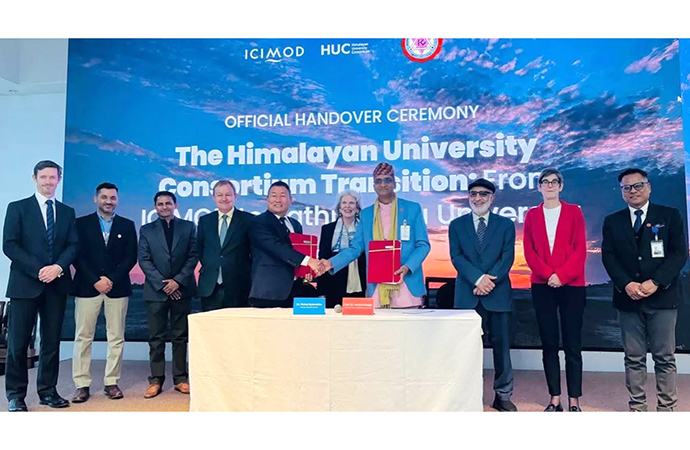
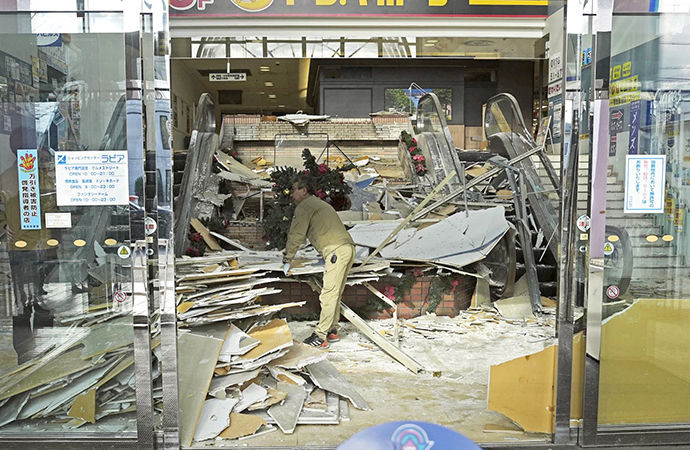

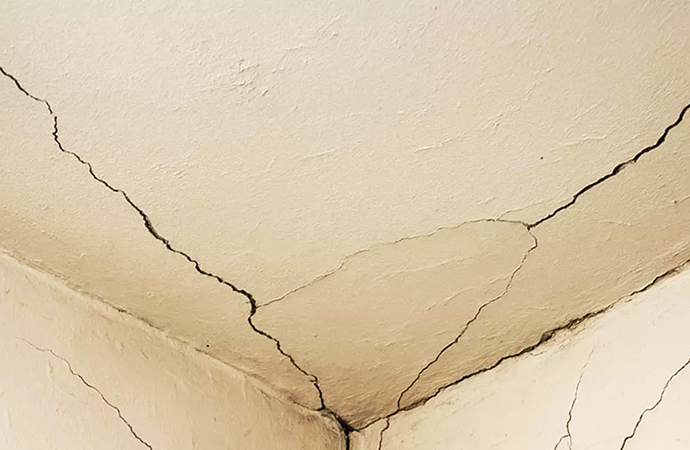
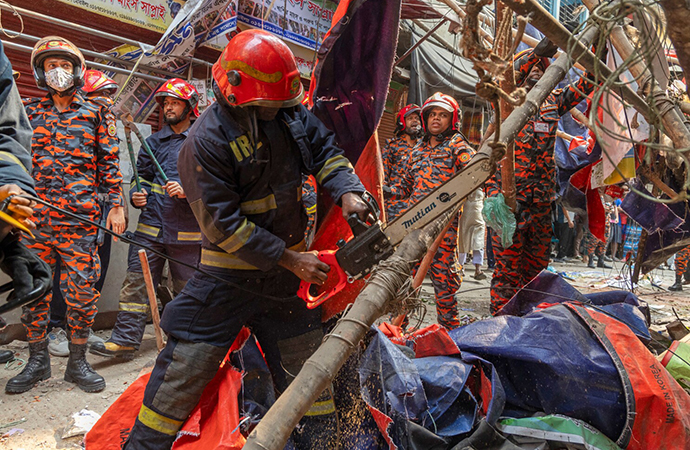
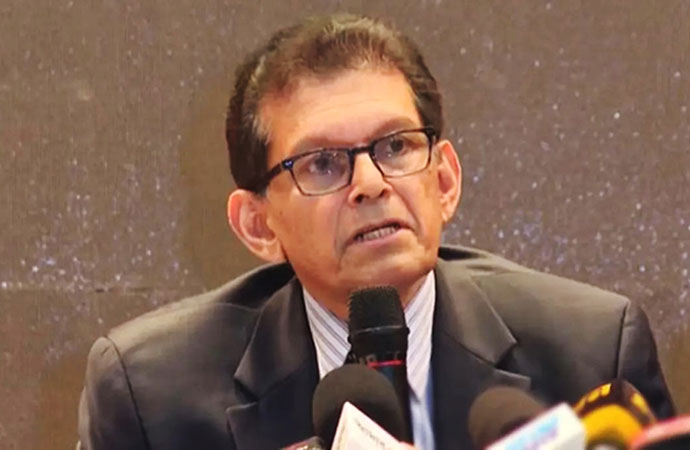
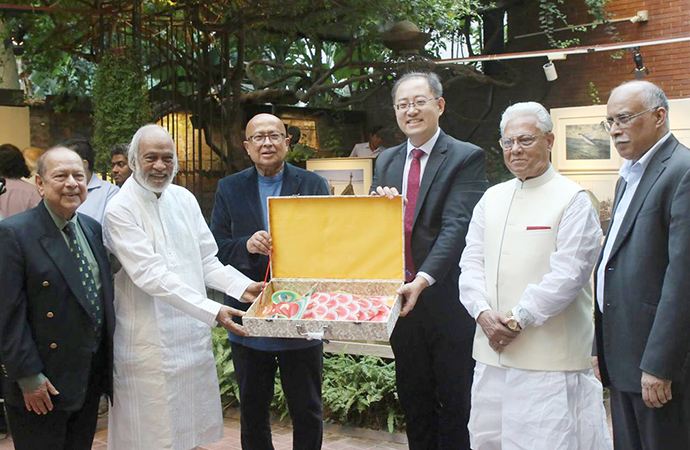
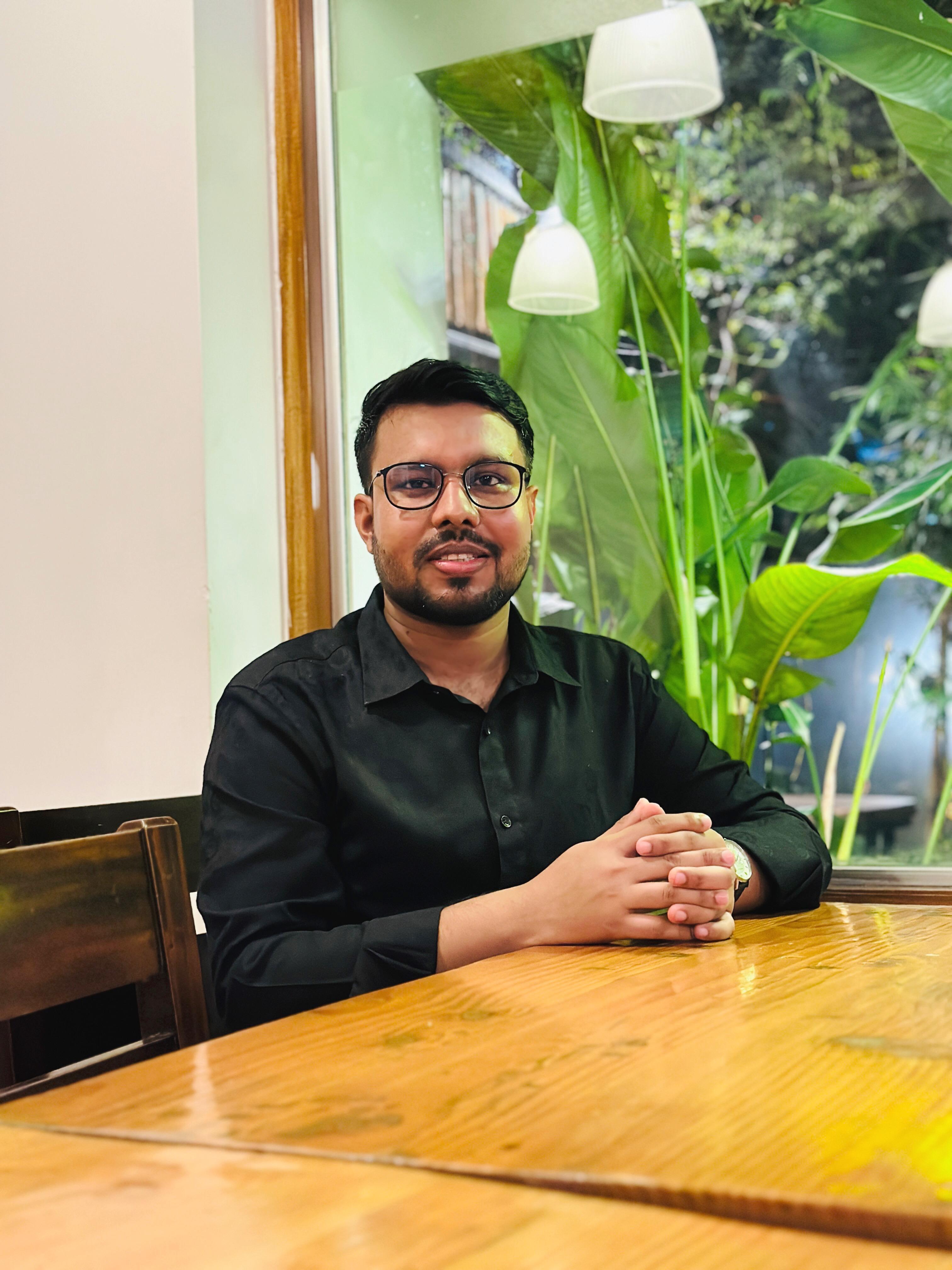
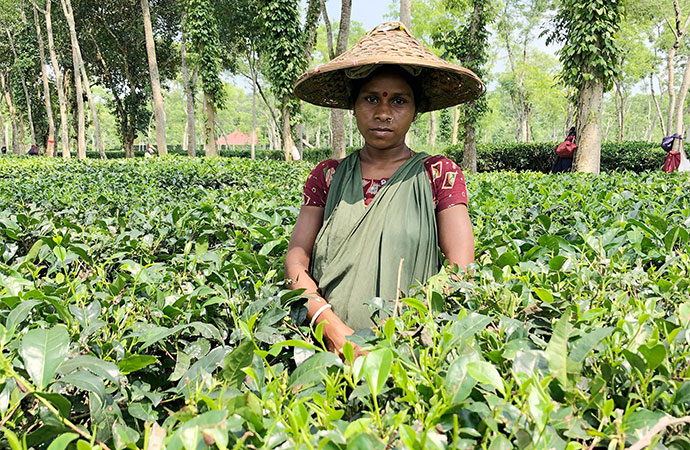
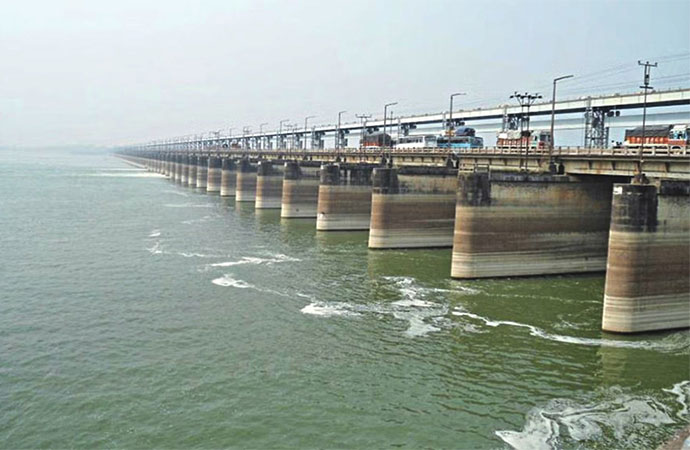




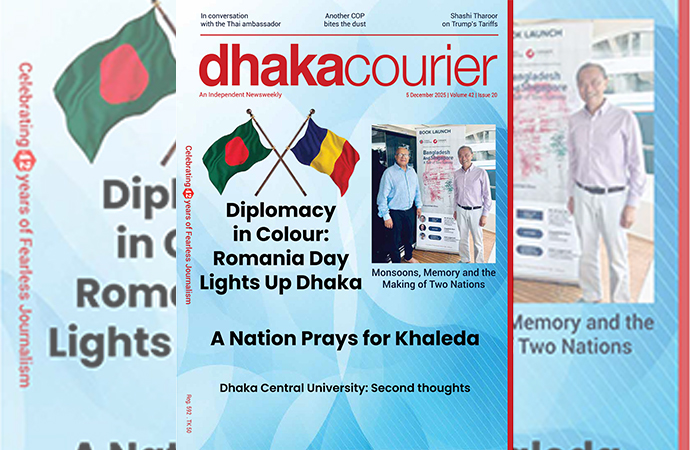
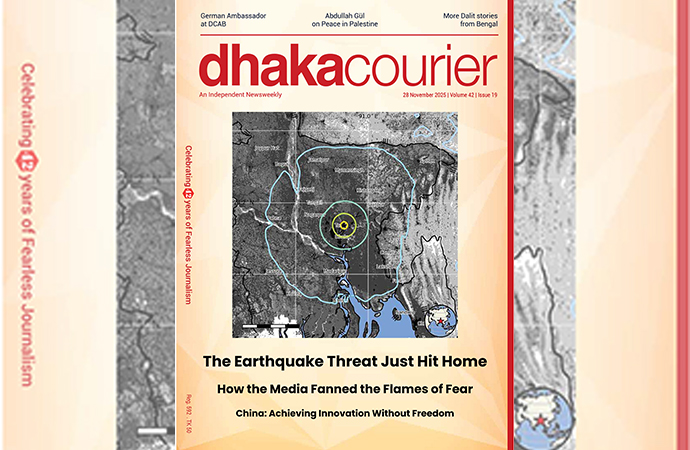
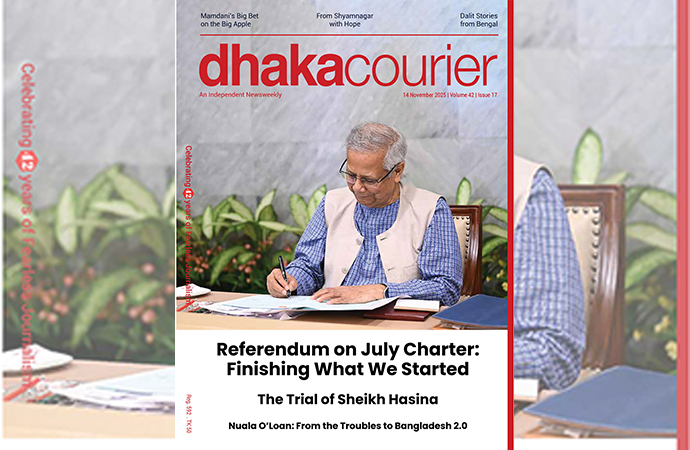
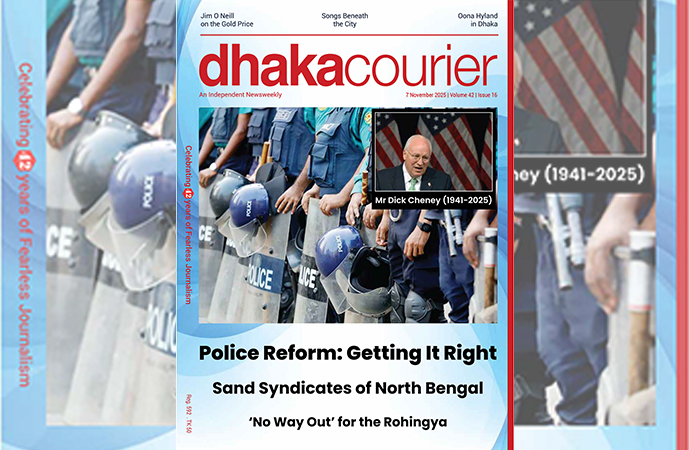
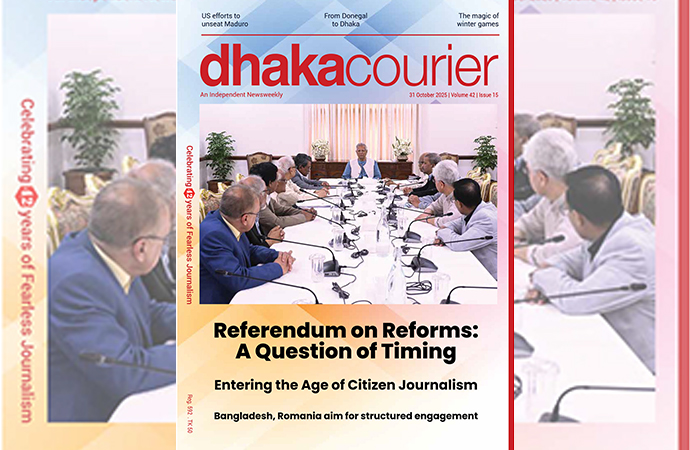
Leave a Comment
Recent Posts
Right On Schedule
The most eagerly anticipated, and frankly hyped up, announcement of an ...
Fighting raged along the borde ...
Fighting raged along the border of Cambodia and Thailand, with explosi ...
ICIMOD drives regional cooperation to inspire new mo ..
The Cage of Captivity and the Cry for Freedom: A Cru ..
Why Japan issued an advisory for a possible megaquak ..
The Autocrats’ War on Universities